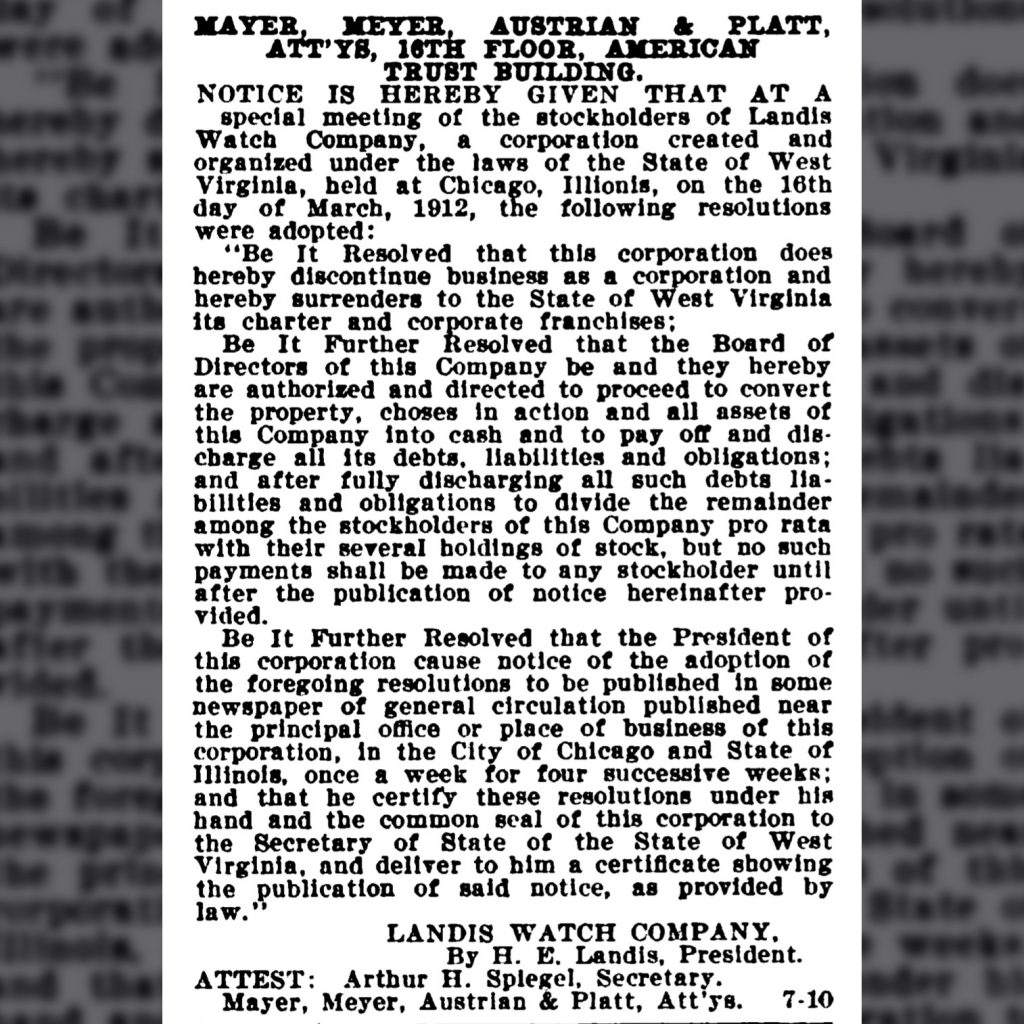The Hamilton Watch Company Melamine Dial: The Origin of Melamine

The Hamilton Watch Company began exploring alternative materials for watch dials in the 1940s. In October 1946, the company officially adopted melamine as a suitable replacement for enamel on 16-size watch dials. This represented one of the numerous applications for the newly commercialized thermoplastic.
The genesis of melamine began long before the American watch industry existed, originating in the laboratory of German chemist Justus von Liebig. Often considered one of the founders of organic chemistry, Liebig was fascinated by developing new compounds and served a critical role in the development of many fertilizers.
Liebig first experimented with a trimeric cyclic derivative of cyanamide in 1829. A few years later, as Liebig was revisiting the research in 1834, he heated a mixture of potassium thiocyanate and ammonium chloride to form a residue that crystallized after being heated and cooled. Assuming the compound had been created by the reaction of alkali on melam, he called it “melamine.”
The organic compound, represented by the chemical formula C3H6N6, yields a white solid that can serve as a fire retardant due to the release of nitrogen gas when burned.
After commercialization over a century later, melamine derivatives manifested in various products, including dinnerware, laminate flooring, dry erase boards, polymeric cleaning products like the Magic Eraser, and even watch dials.




2 Comments